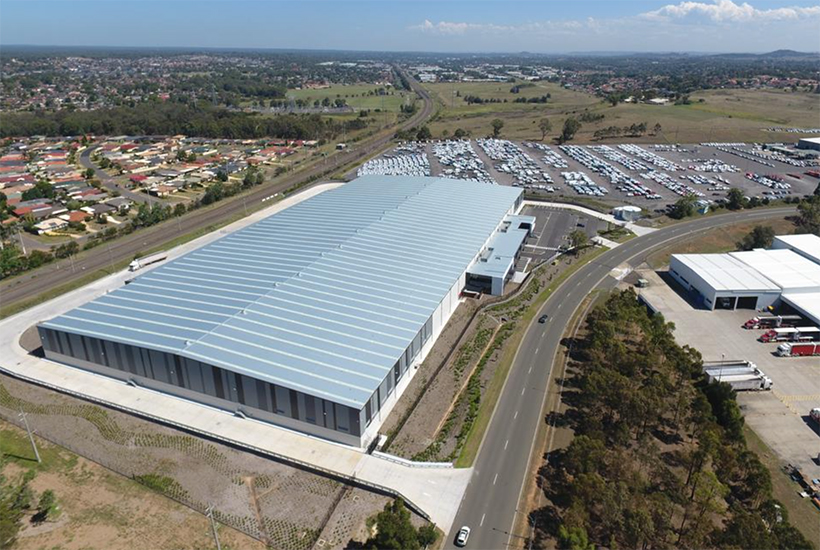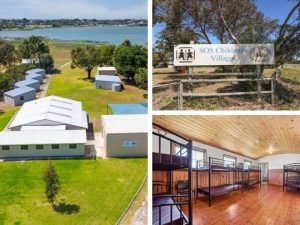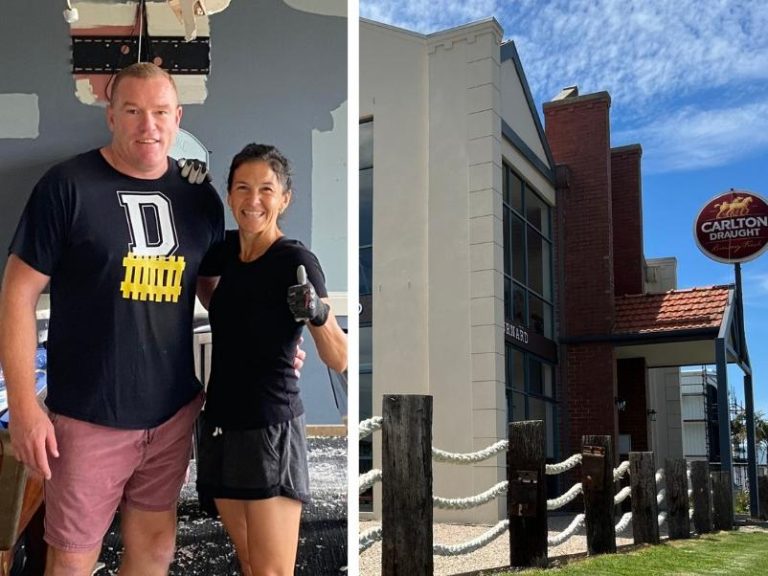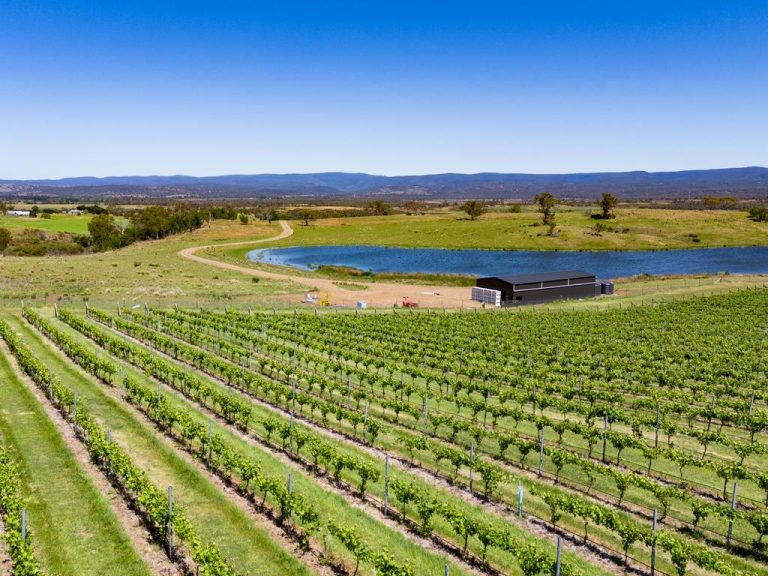Portfolios lead the way in industrial investment

Sales of portfolios of industrial assets remain the driving force of the industrial investment market, with major deals making last year the third largest on record.
Portfolio trades made up about $1.94 billion of the $5.02 billion worth of industrial assets that changed hands over the period, with the numbers charged by the moves of private equity group Blackstone.
Blackstone bought ten cold storage assets from Swire Cold Storage and a major portfolio from the Goodman Group in two separate major transactions.
Commercial Insights: Subscribe to receive the latest news and updates
Melbourne-based Qualitas also bought 10 flour milling and production facilities from Pacific Equity Partners, and Ascot Capital picked up seven warehouses from the Federal Group.
JLL head of capital markets, industrial and logistics, Tony Iuliano says that buyers pay premiums for portfolios in order to obtain scale. But he says there have been relatively few offered.
“Portfolio opportunities have been a conduit for direct offshore participation across the market, with overseas buyers representing more than 34% of acquisition volumes in the 2017-18 financial year,” he says.

Industrial portfolios continue to perform strongly in 2018.
JLL is projecting that Australia’s industrial investable universe will hit $77.1 billion in value by 2028. This equates to 44.1 million square metres in total gross lettable area, well above the current size of the market stock that spans about 31.6 million square metres and is worth about $54.1 billion.
Iuliano says the industrial sector is headed for “continued strong growth”. According to JLL analysis, the amount of industrial stock required could increase by as much as 1.88 million square metres annually over the next decade.
“Given an anticipated improvement of longer-term population growth rates and market conditions in Brisbane and Perth, both markets are expected to capture a higher share of national stock by value. However, Sydney and Melbourne will still require the largest supply of additional floorspace over this period,” he says.
Indicative yields, a measure of value, reached record lows last year and the midpoint yield figure tightened to 6.05%, 84 basis point below the previous low mark in December 2007.
This article originally appeared on www.theaustralian.com.au/property.







